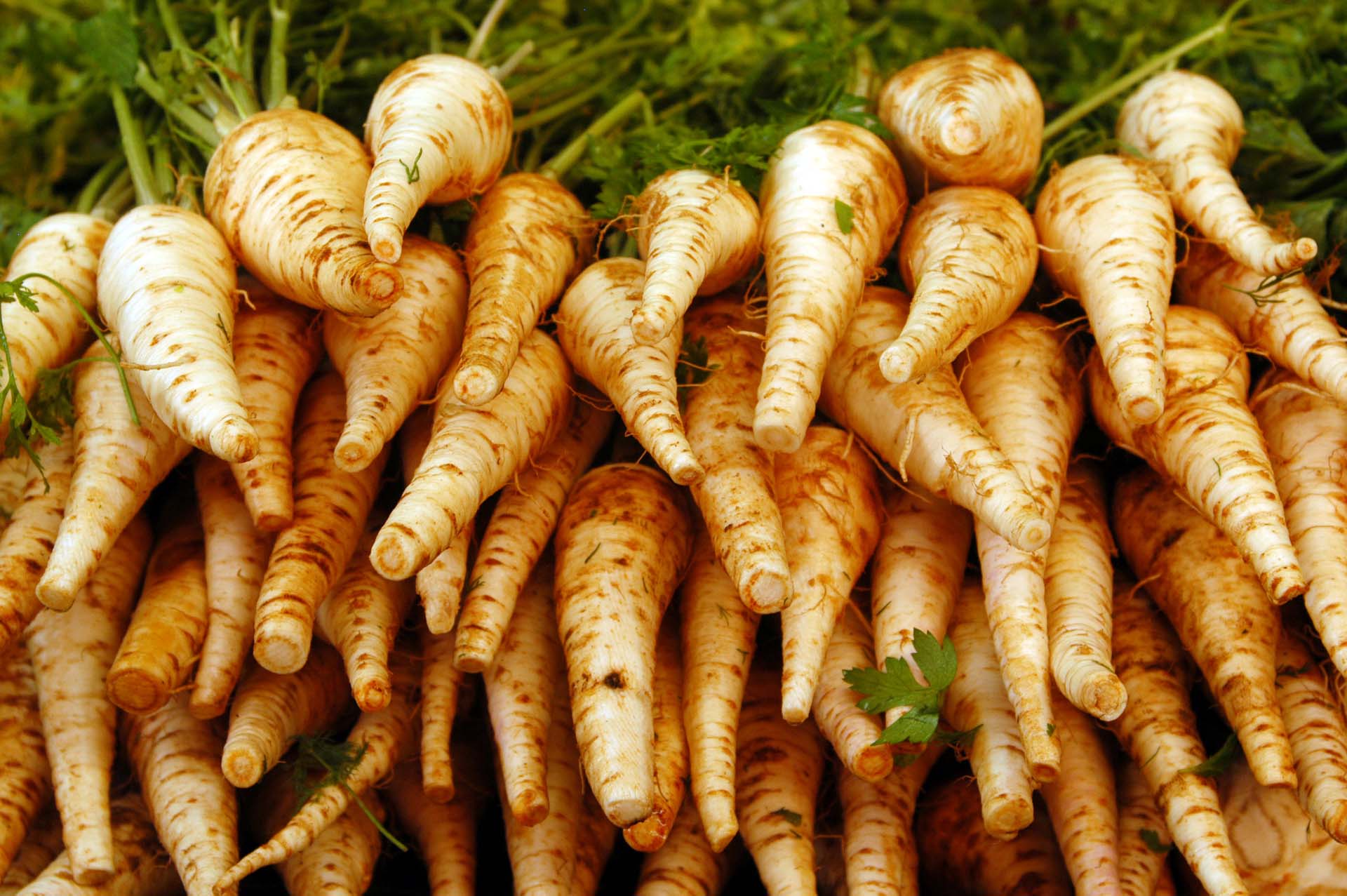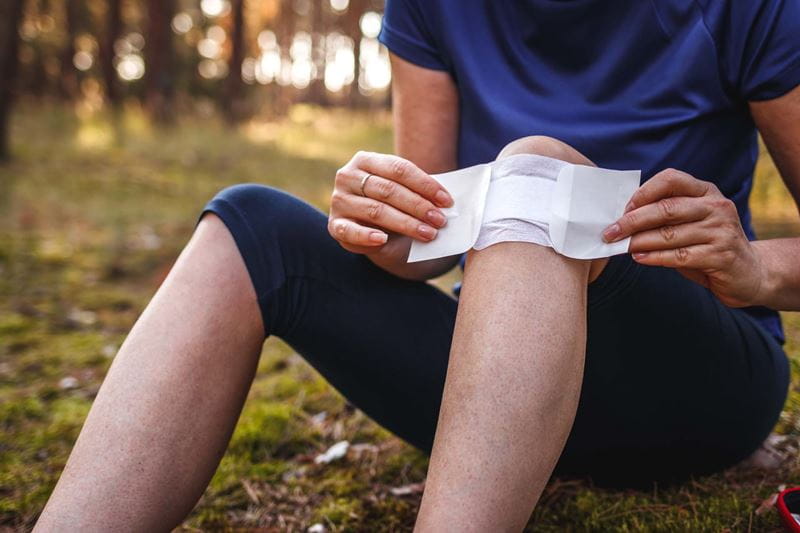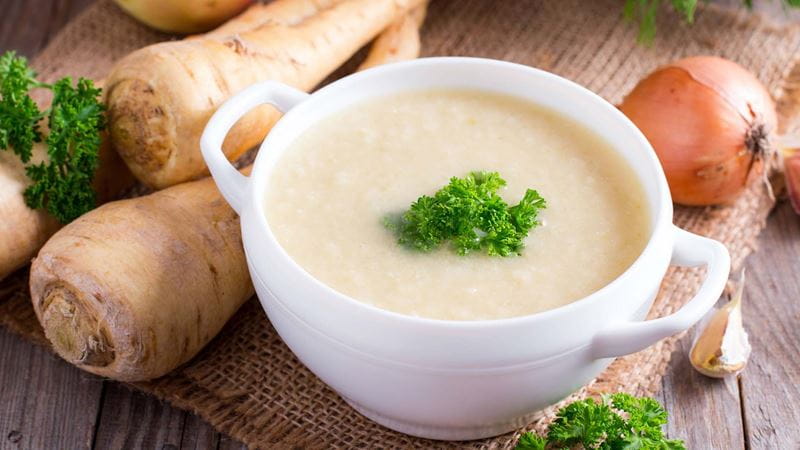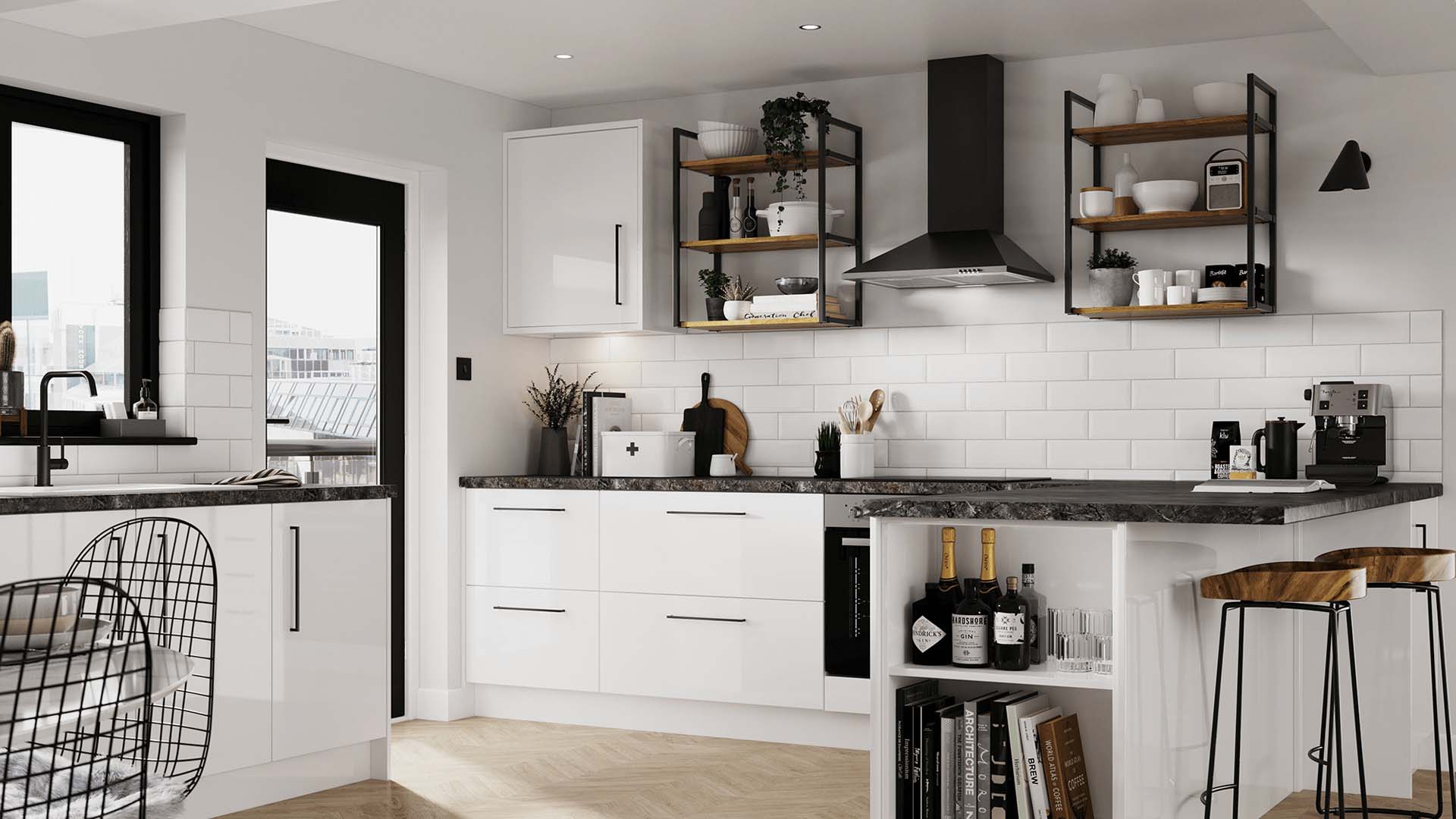
The parsnip – it's the creamy yellow vegetable that you can roast, boil, mash or turn into soup.
These root vegetables, which are related to carrots and parsley, are much more than just a tasty addition to your Sunday roast or Christmas dinner.
Not only have they been used as sweeteners before the introduction of cane sugar, but they also offer myriad benefits for your health when eaten as part of a balanced diet. They support lots of processes in the body, from your immune system to your gut health and digestion.
Nutritional therapist Catia Soares explains it’s partly their nutritional value (they contain fibre, B vitamins and antioxidants) that makes parsnips a good vegetable to include in your diet.
What’s more, they are a low-cost and versatile ingredient, and perfect for “the winter months for when we tend to seek more comforting and warm foods, but still want to maintain a healthy and balanced diet".
They are in season for nine months of the year from August through to April, and they are said to taste better and sweeter after they experience frost, so now is a great time to eat them.
Here are a few ways parsnips support your health.

Soluble and insoluble fibre are key for digestion, and parsnips are rich in both of them.
Soluble fibre has prebiotic effects which increase the beneficial bacteria in your gut and the diversity of your gut microbiome.
Meanwhile, “insoluble fibre mixes with other foods increasing the bulk of our stool and speeding up digestion, thus helping to prevent constipation,” says Soares.
Some people with gut-related conditions find that parsnips are easier to digest than other starchy foods.
For instance, they are low in fermentable carbohydrates (FODMAPs), Soares explains, which makes them easier to digest for people who experience bloating, gas, stomach pain and irritable bowel syndrome (IBS) type symptoms.

Here’s something that’ll warm your heart. Parsnips contain several nutrients that can support your heart health, such as fibre and potassium.
Dietary fibre has been proven to lower levels of ‘bad’ cholesterol, which can in turn lower your risk of a heart attack or stroke. Parsnips are also high in potassium which helps to relax your blood vessels; this lowers blood pressure which in turn reduces stress on your heart.
Too much potassium can be harmful to people with certain conditions. Speak to a health professional before changing your diet.

Falcarinol is found in parsnips, as well as in its relatives carrots and parsley. It's a natural compound from a group known as polyacetylenes, and helps protect the plant against fungal infections.
There's some evidence that it could offer a wide range of benefits, including lowering cancer risk (in particular of bowel cancer), reducing intestinal inflammation, producing a calming effect, and improving anxiety and depression-like symptoms. Much of this research is from laboratory or animal studies, so more research is needed to confirm if the effects are the same in humans.
The highest levels of falcarinol are found in the skin, so scrub rather than peel parsnips (and carrots) for maximum benefits. Levels are also reduced by cooking, so cook for the shortest time possible, or eat them raw, perhaps in a slaw.

Parsnips are an excellent source of vitamin C. An 80g (3oz) portion of parsnips has nearly a third of your recommended daily intake of vitamin C.
Although this amount reduces with cooking, they are still a good source.
Vitamin C supports a healthy immune system, and there is some evidence that it can even reduce the duration of the common cold.
For maximum vitamin C, try raw parsnips grated or shaved in a coleslaw or salad. As well as vitamin C, parsnips contain vitamin E.
This means “they are also rich in antioxidant compounds,” says Soares, “which can help to defend our cells from damage caused by potentially harmful molecules called free radicals.”
She explains that vitamin B9 (folate), vitamin B1 (thiamine) and B6, all found in parsnips, contribute to immune health too.

Parsnips' vitamin C content can not only boost your immunity but is involved in all stages of wound healing too.
Vitamin C is used to produce collagen – a structural protein that our body naturally creates.
Around 80% of the skin is made up of collagen, which provides it with strength as well maintaining elasticity.
It also plays a vital role in our skin’s natural renewal process (shedding old skin cells and regenerating new ones) and helps our blood to clot – a key part of wound healing. Our bodies can’t store vitamin C, so we have to make sure we get enough of it every day.
Parsnips are also a source of Vitamin K, which is also needed for wound healing.

If you’re watching your weight, parsnips can be a great food to include in your diet as they are low in fat and calories.
The fibre in parsnips also helps curb your hunger, which may help to stop you from snacking later.
Soares says: “Soluble fibre dissolves in water to form a gel-like substance, slowing down digestion and helping to provide a feeling of fullness.”
What’s more, this manages your appetite levels and supports weight loss.
However, Soares explains that what works for weight loss is personal and that consideration of your health history and lifestyle is necessary before creating any weight loss nutritional plan.
Also, bear in mind that the cooking method you choose will affect the fat and calorie content – parsnips roasted in oil or butter probably won’t be low in fat.

In terms of cooking parsnips, Soares says that dry cooking methods, such as roasting or air frying, can keep more nutrients than boiling, where some of the nutrients will be lost in the cooking water.
So if you’re making roast parsnips, don’t parboil them if you want maximum health benefits. Or opt for parsnip soup, as you won’t lose the vitamins that dissolve in the cooking liquid.
To begin, why not make this easy creamy parsnip soup or these delicious honey-roasted parsnips?
Rachel Ogden is a freelance interiors journalist with decades of experience writing for magazines and websites. As well as reviewing appliances and penning useful articles on everything from tables to paint, she has a fondness for kitchens and bathrooms.
When not writing, you will often find her curled up with a glass of fizz, slice of cake, and a good book.




The best advice on preparing and painting your ceiling from a professional.






